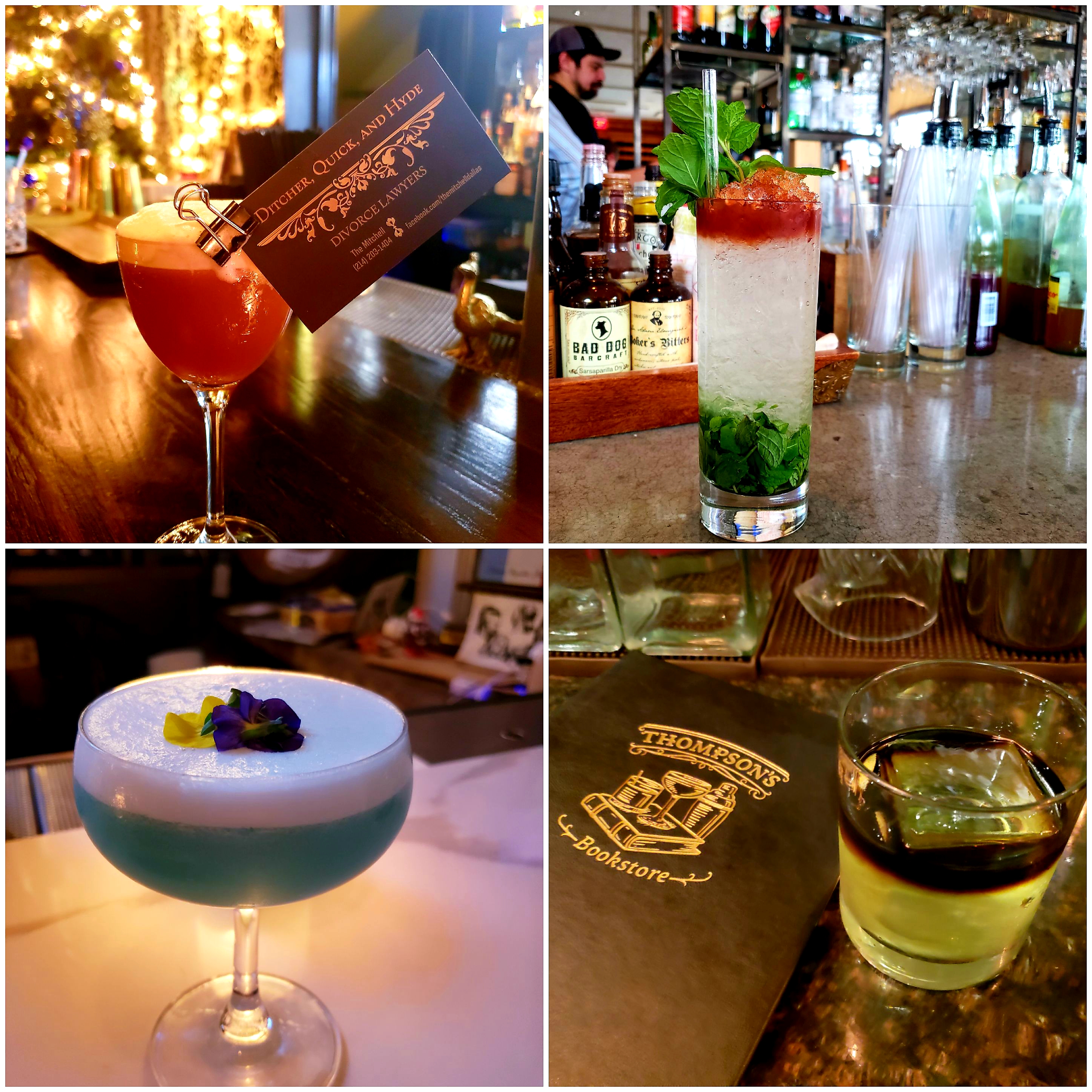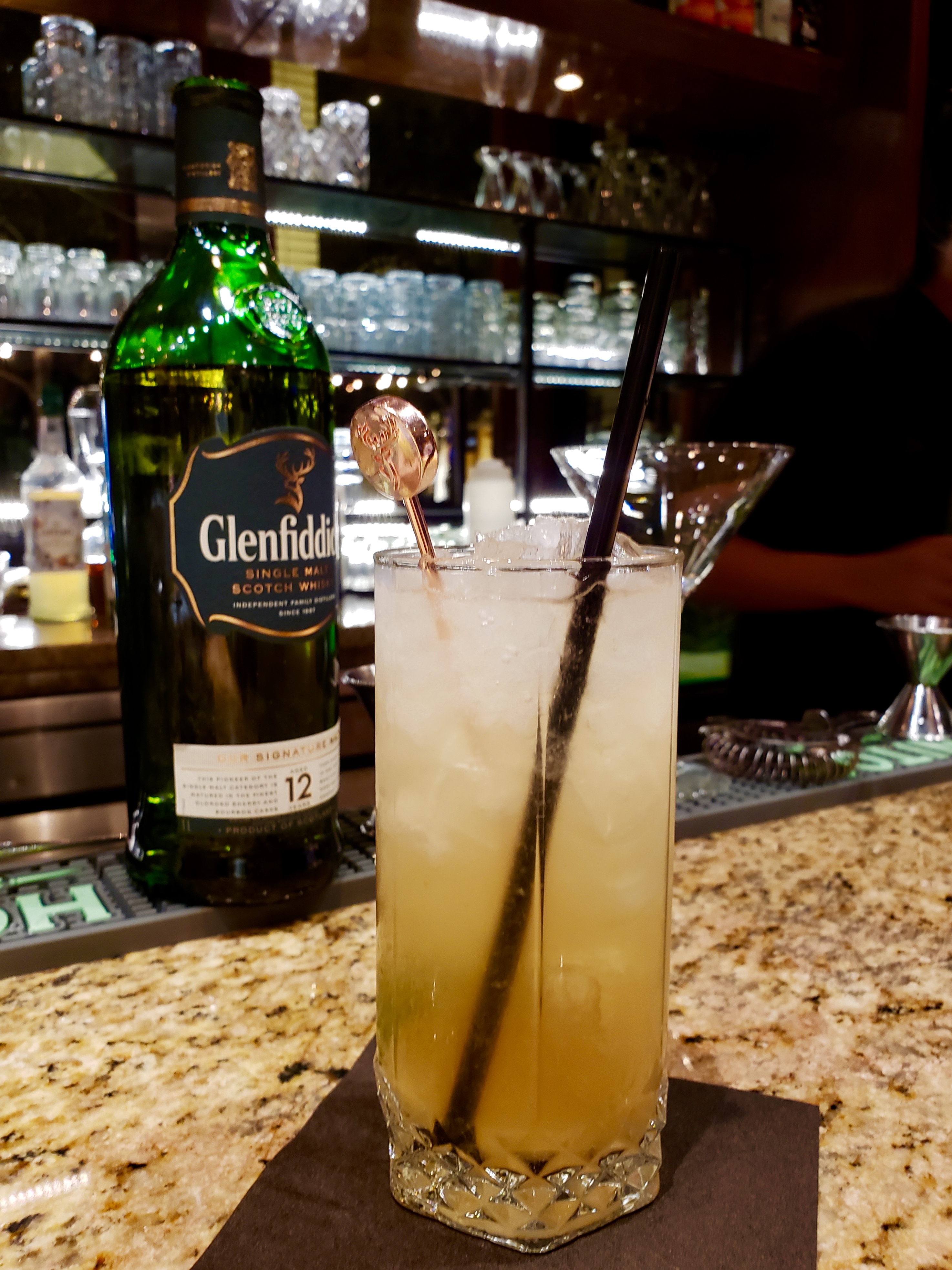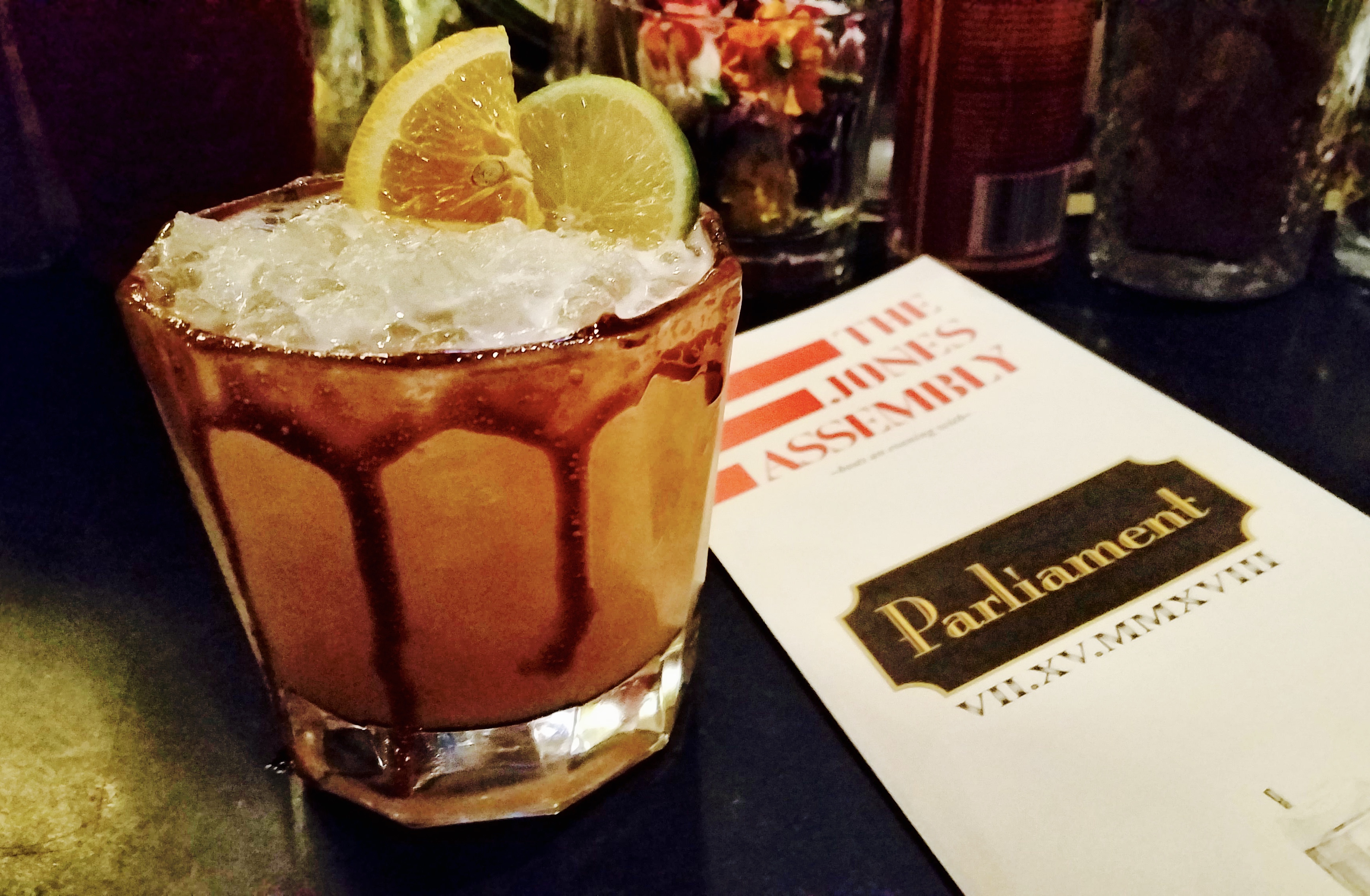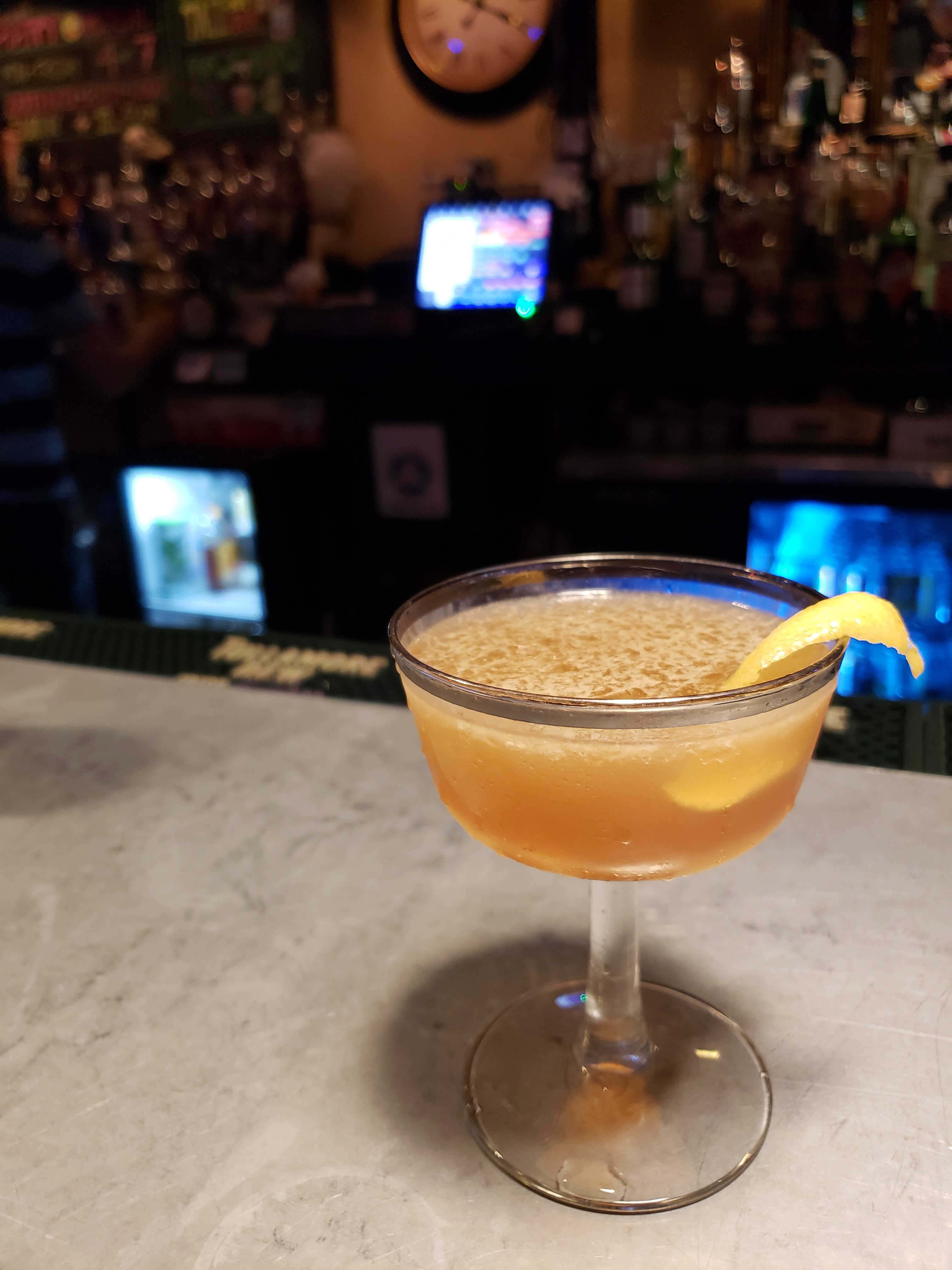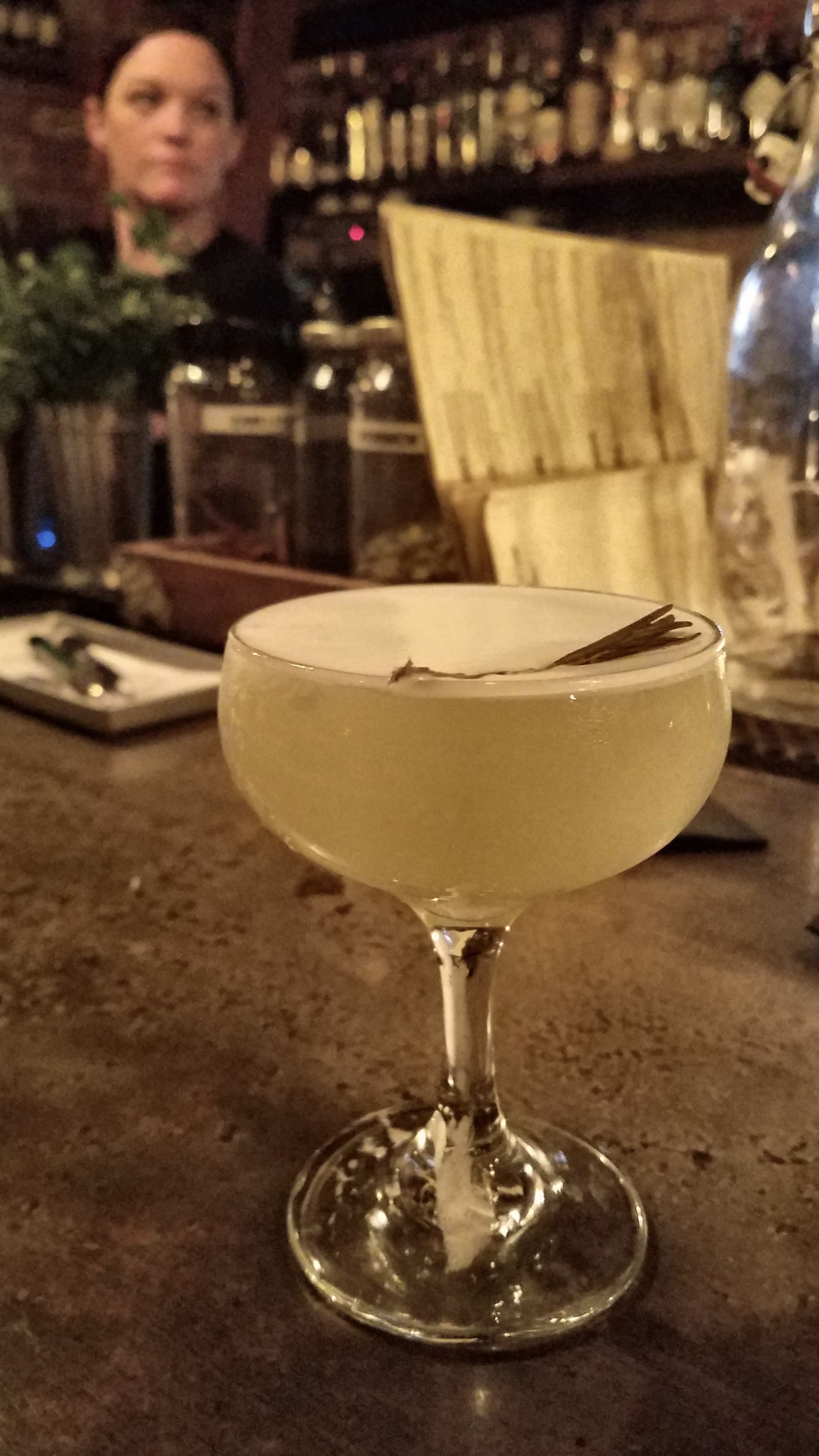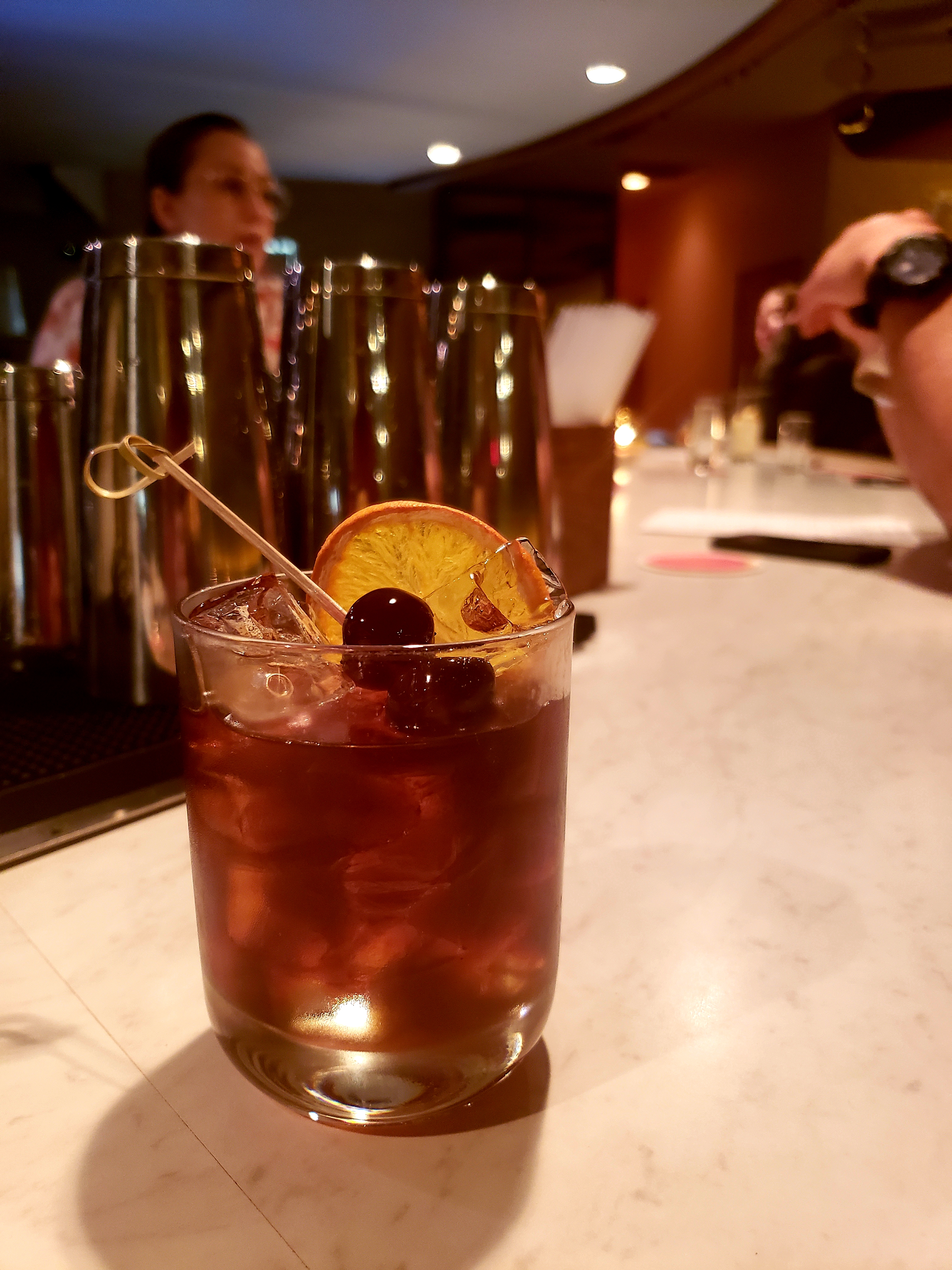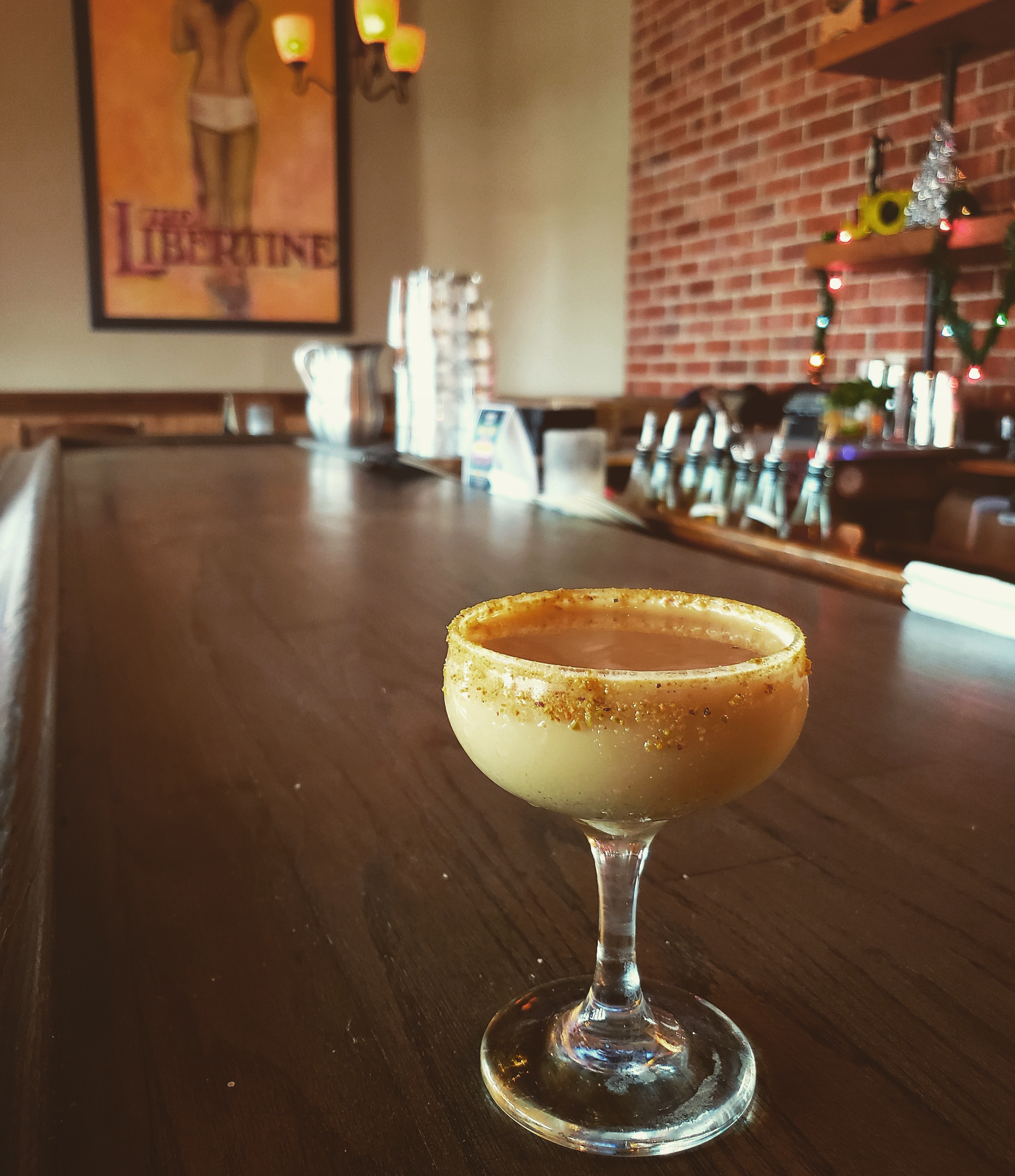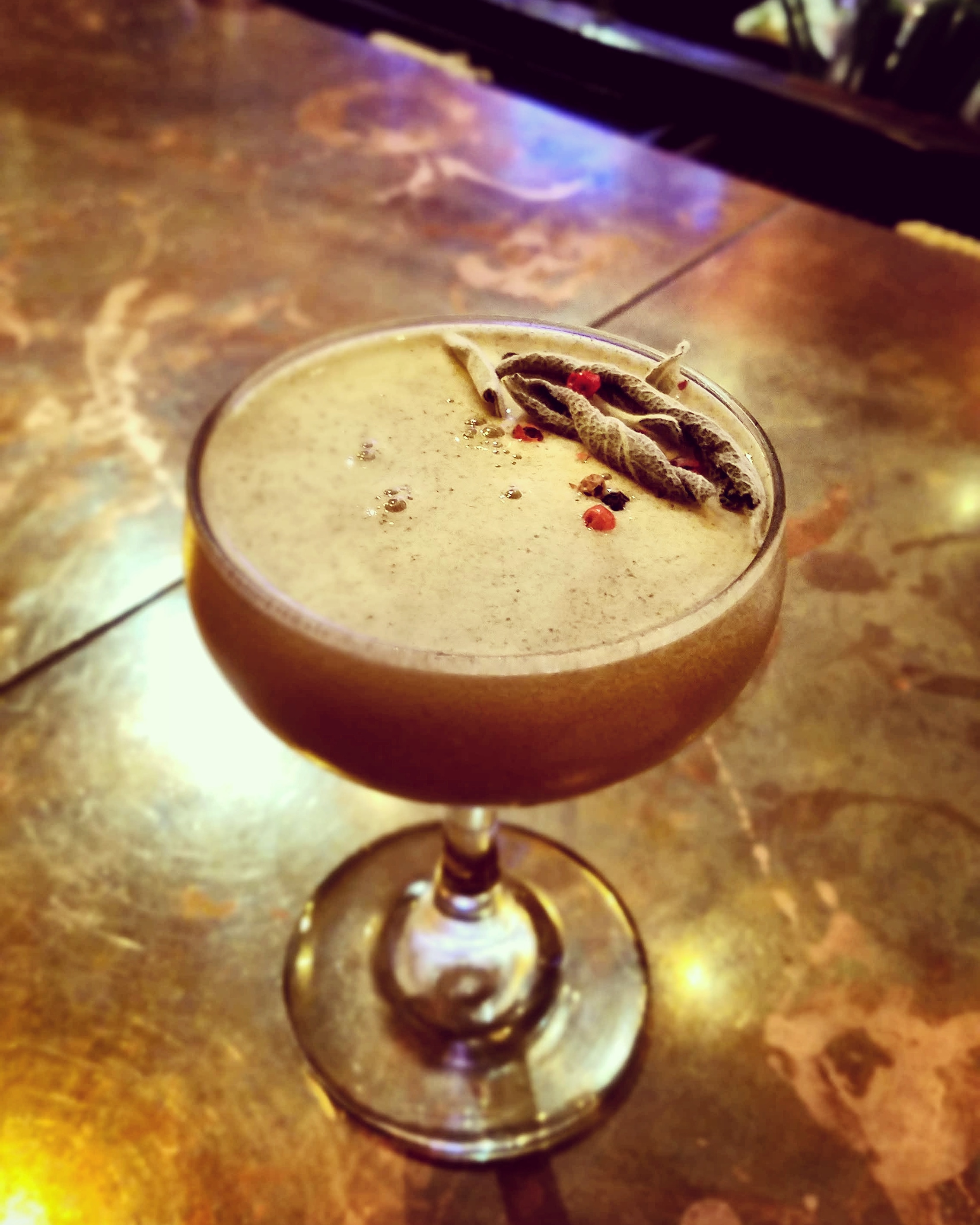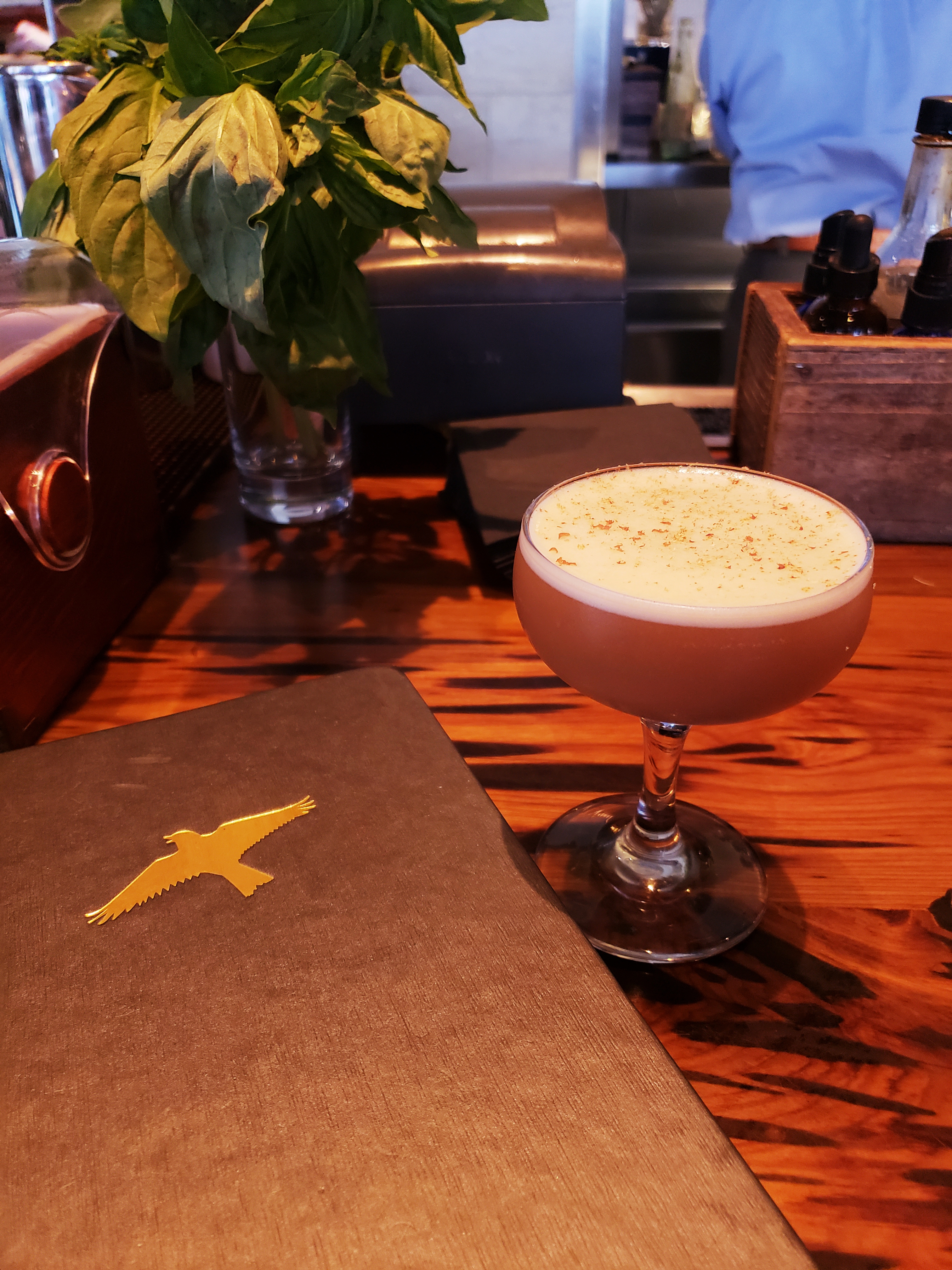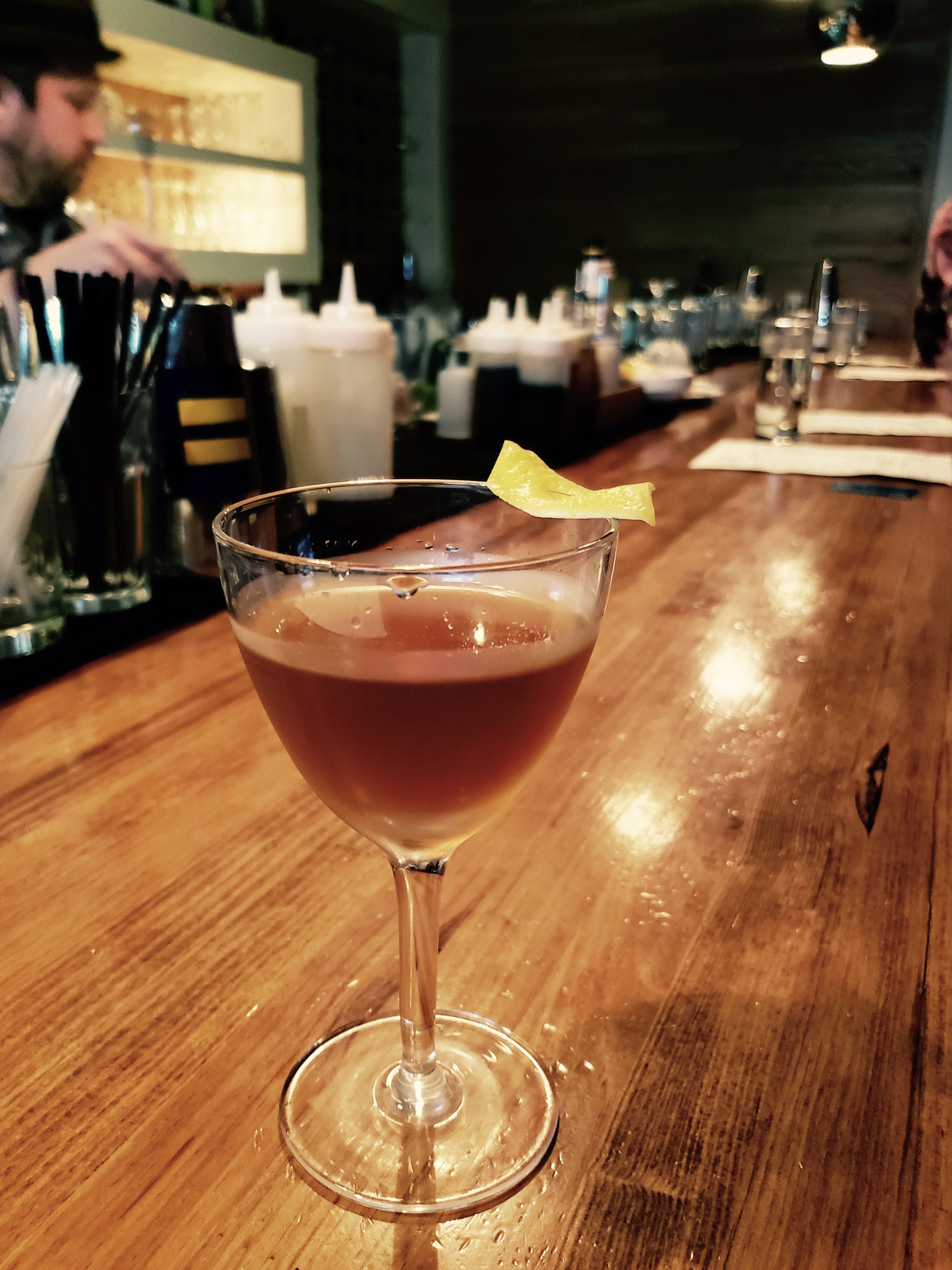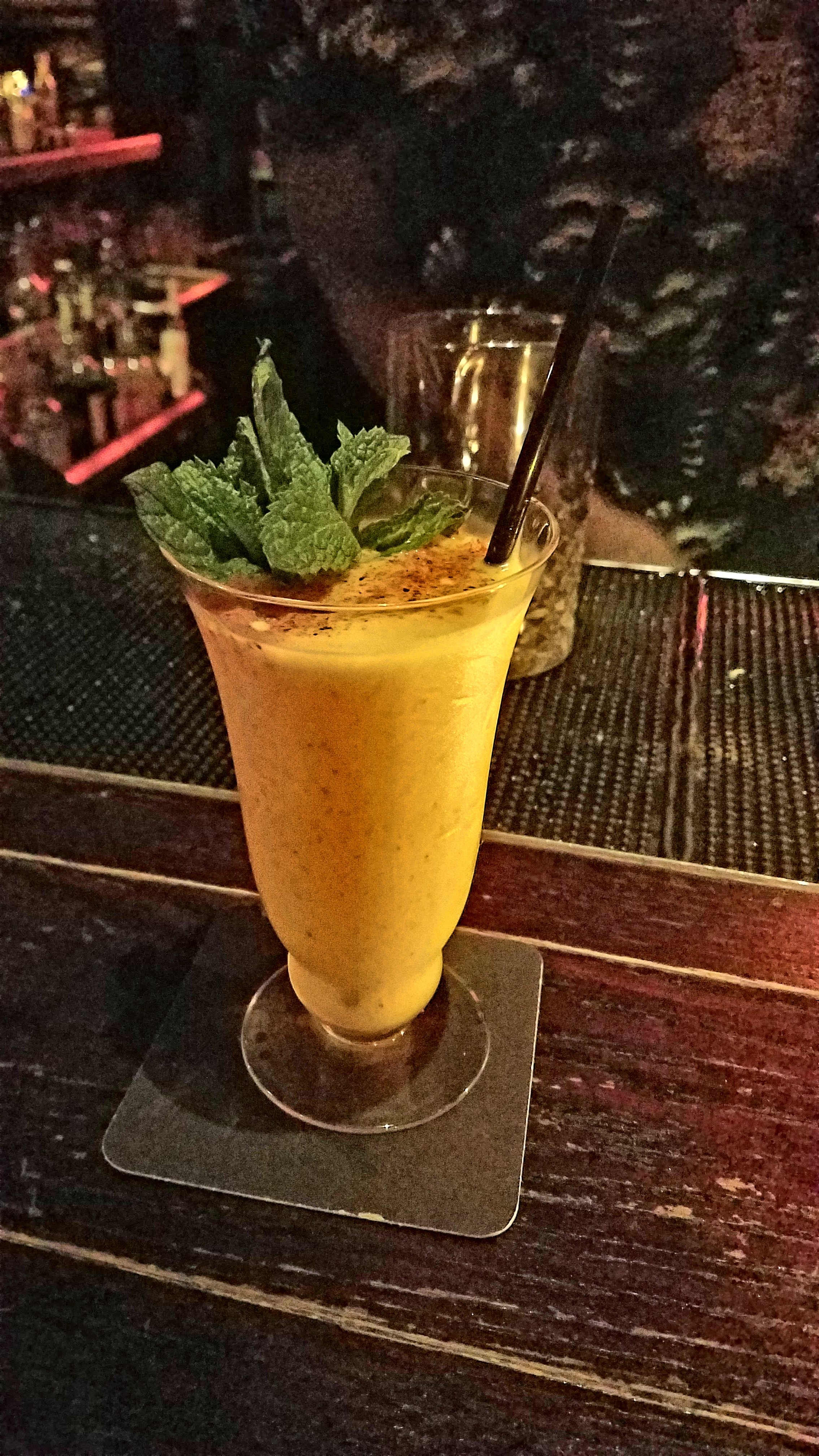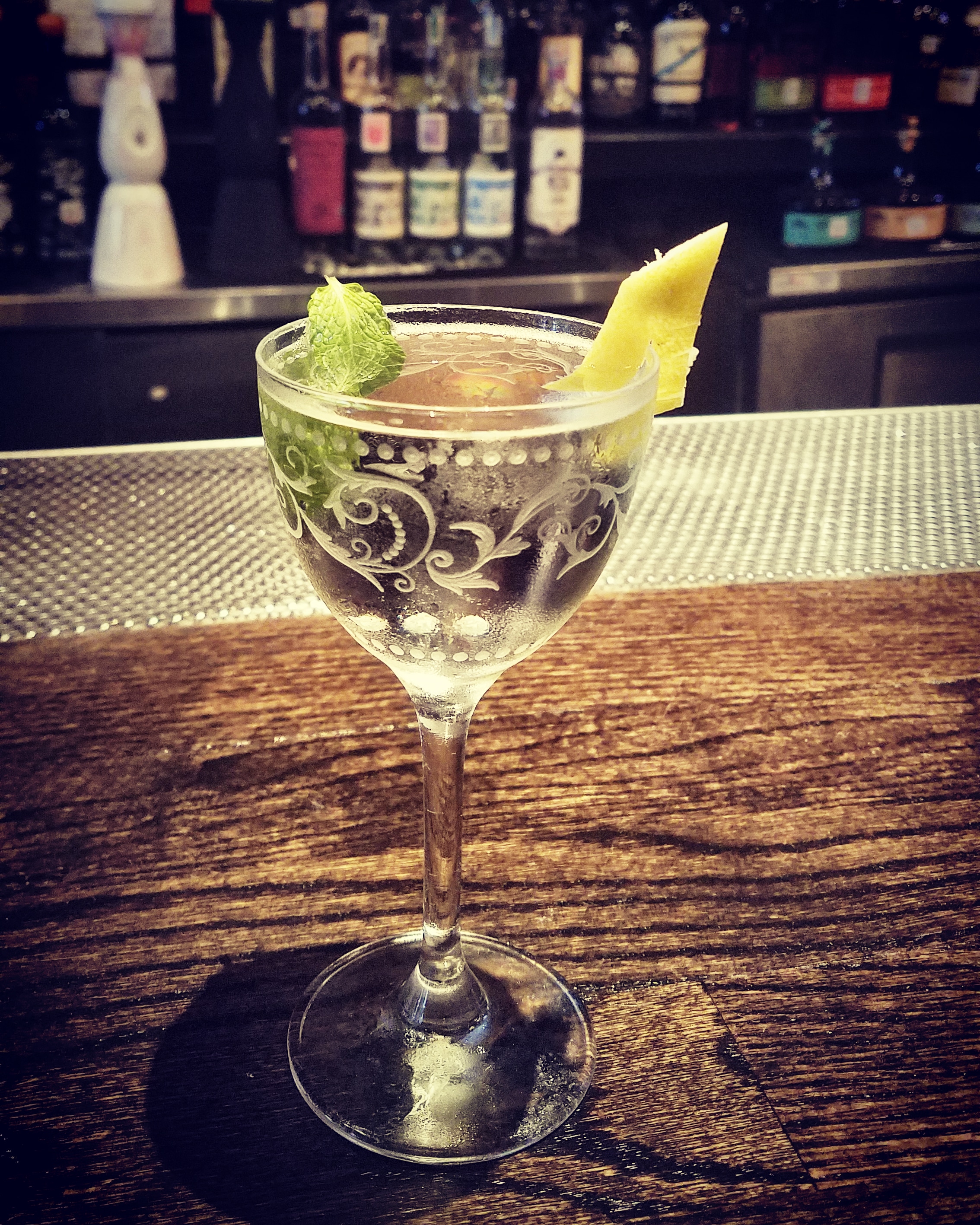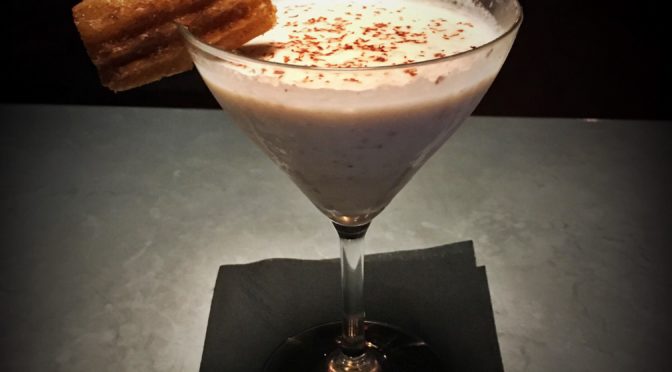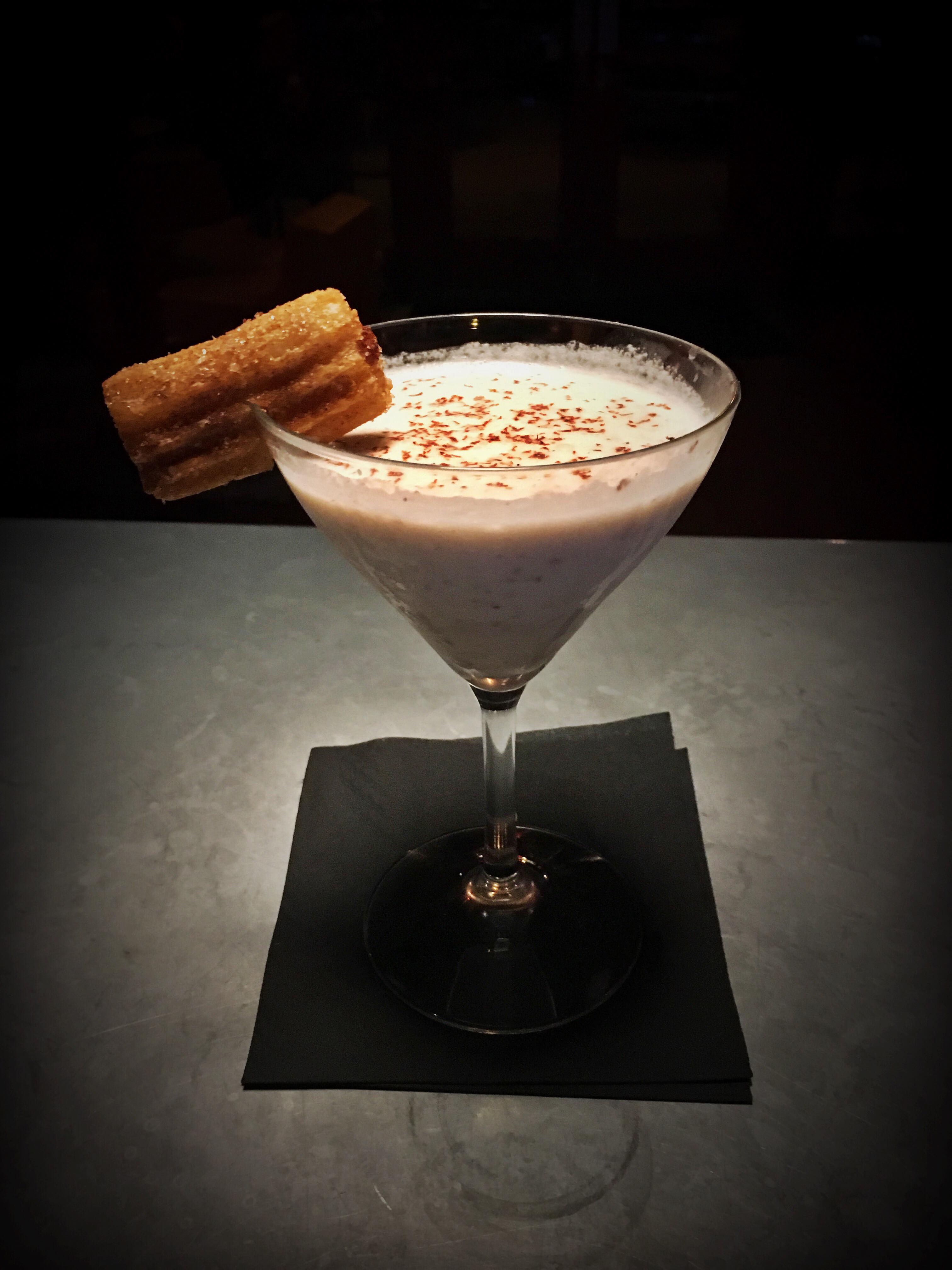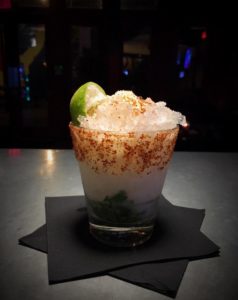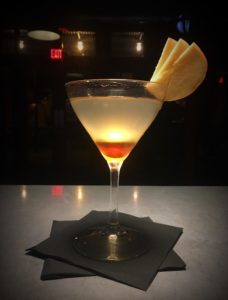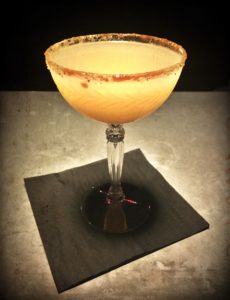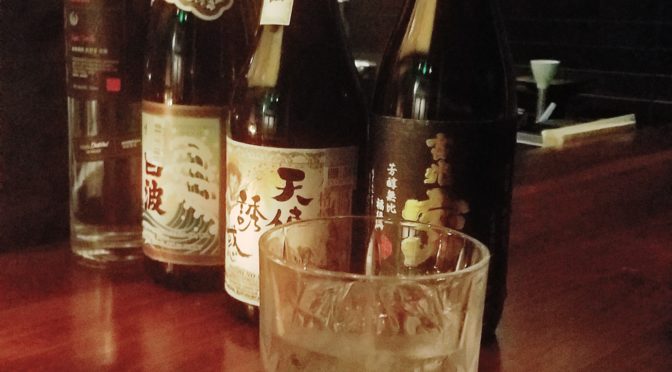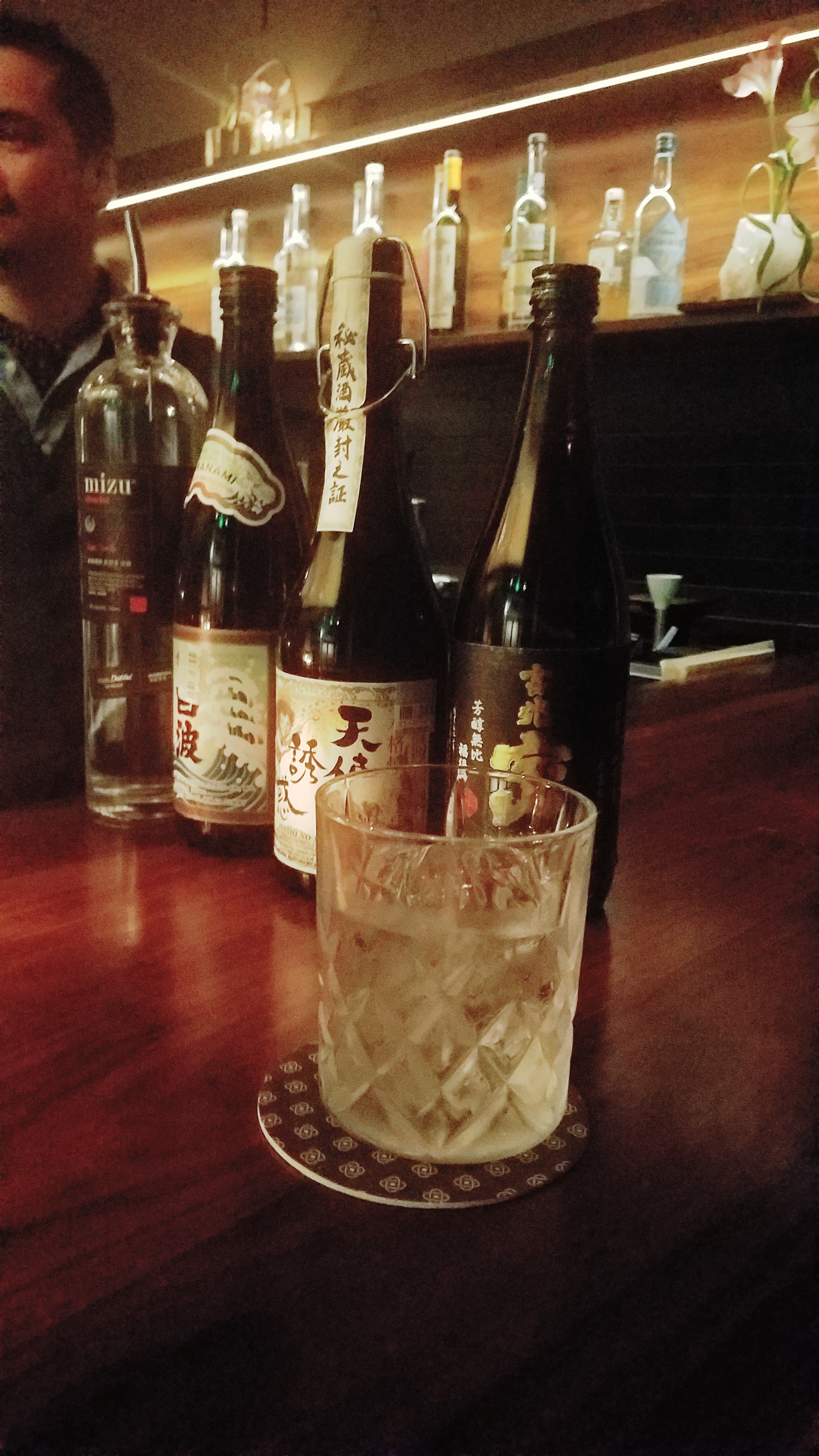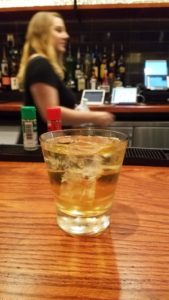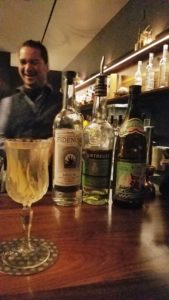Updated Jan. 21: Revised to add Goodfriend as site where Malort is available.
The Chicago-based curiosity known as Malort can be described in many ways, some of them actually printable: “I grew up on that stuff,” says Chicago-bred bartender Joe Mendoza of Cosmo’s in Lakewood. “It’s like gasoline mixed with turpentine — and the screams of Guatemalan orphans.”
Jonathan Maslyk, of soon-to-open Greenville Avenue bar Swizzle, compares its flavor to “pencil eraser” or “hangover mouth,” while Chicago native Susie Geissler, who writes for Fort Worth Weekly, says: “It tastes like falling off a bike feels.”
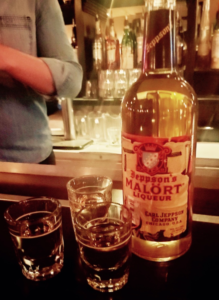
It may never be known whether the makers of Malort (rhymes with “cavort”) truly enjoy its bitter, piney, aggressively earthy taste, or whether it’s simply the cruelest prank ever perpetrated in the history of liquor production. But improbably, the Swedish-style liqueur is growing in popularity in Texas, with last year’s sales 29 percent higher than in 2018.
Its taste has been likened to grapefruit rind, red cabbage, tree bark, sweaty socks, even the drippings from a set of peeled-out tires or, as one scarred Fort Worth resident put it, “the ghost of an 18th-century whore.”
And yet, the number of places you can now find Malort throughout DFW is at least 17 and growing. Most are casual spots like LG Taps on Greenville, O.E. Penguin downtown and Eastbound and Down on Ross. But you’ll also find it at fancier digs like Origin in Knox-Henderson, Local Traveler in East Dallas and The Usual in Fort Worth, where bartenders have sought to craft palatable cocktails from the stuff.
“What it does to your palate is shocking and interesting,” Local Traveler’s Tommy Fogle says. Yes, in the same at-first-intriguing-then-utterly-horrific manner of Jack Nicholson’s Room 237 kiss in The Shining.
It’s not just that Malort is, well…. challenging. It’s that the taste lingers like an unwelcome guest who won’t go away. “It’s feisty,” says veteran Dallas barman Charlie Papaceno. “And it hangs around.”
**
OK, by now you’re probably wondering: What the heck is Malort? Technically speaking, it’s a besk brannvin, a bitter version of Swedish-style liquor distilled from potatoes or grain – but Malort (the Swedish word for wormwood) ups the ante by adding dandelion to its namesake ingredient.
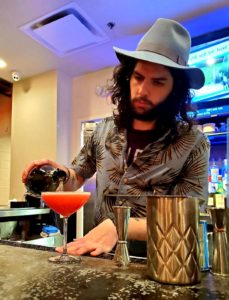
An article last year in The Ringer detailed how Carl Jeppson, who’d left Sweden for Chicago in the late 1800s, created Malort in the fashion of his native country’s bitter spirits, which often used wormwood for the stomach-soothing qualities the herb purportedly had. (Supposedly, Jeppson’s tongue was so thrashed by his beloved cigars that Malort was one of the few things he could actually taste.)
George Brode, a Chicago lawyer, purchased Jeppson’s distillery in 1945 and ultimately formed Carl Jeppson Co. to produce it. Eventually, Brode’s secretary would take over the business after he died in 1999, continuing to make Malort even though it was barely profitable.
Then came the ongoing craft-cocktail renaissance.
Palates broadened, and tastes grew for more exotic and interesting spirits and liqueurs. Suddenly, Malort sales went from 1600 cases in 1999 to twice that in 2012 – and more than 10,000 in 2017.
Two years ago, the business was sold to CH Distillery in Chicago, where Malort has been a sort of initiation for years. Ask for a “Chicago handshake” at divey bars like Sportsman’s Club (cash only!) and you’ll get a shot of the stuff along with a cheap Midwestern lager.
“Malort is the quintessential Chicago spirit,” says Sportsman’s Club bartender Joe Schmeling. “Maybe there’s an element of self-hate, because of the weather.”
Chicago resident Matt Herlihy goes so far to say Malort is “kind of a joke.”

“I mean, nobody legitimately likes it,” he says over a burger at Chicago’s classic Au Cheval. “But sometimes when you’re feeling really Chicago, somebody will order a round, and you just kind of suck it up.”
The company thrives on that reputation, with ad posters bearing catchphrases like “Malort: When you want to unfriend someone… in person” or “Malort: Tonight’s the night you fight your dad.”
A famously un-aired Malort commercial features an increasingly tipsy Carl Jeppson IV shooting a devolving succession of takes in which he swallows a grimacing shot of Malort and attempts to deliver the company spiel; by ad’s end he no longer seems to mind. He is also barely standing.
The company’s approach seems to be working, with national sales trending upward. Meanwhile, Milwaukee held its first Malort festival in July, while in North Texas, Wade Sanders of Virtuoso Wine & Spirits reports that the regional rise in sales matched those of Texas overall.
**
If a culprit you seek for all this local madness, then Zach Anderson of Lee Harvey’s in The Cedars is your man. First introduced to the stuff during a Chicago visit, the longtime barman, then working at Parker & Barrows in Bishop Arts, was eventually able to convince his Dallas distributor to order some for him.
Of the taste, he says: “It’s like a yeast infection got drunk on an IPA and threw up in my mouth.”
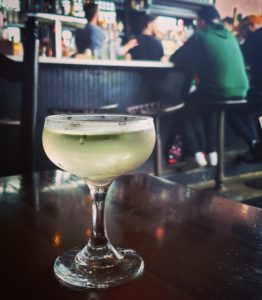
Among those excited about Malort’s arrival was bartender Torre Beaurline, who’d briefly lived in Chicago some years ago. “As soon as someone found out I was from Texas, they would buy me a shot of Malort,” she says. “I had to get that thick skin, to where I would take it and just dead-eye ‘em.”
Now, she says: “Malort’s the best.” Having worked alongside Anderson at Parker Barrow’s, Beaurline has become one of Malort’s most fervent Dallas-area disciples, pushing it at the bars where she currently works, LG Taps in Lower Greenville and Mike’s Gemini Twin south of downtown.
“She guilts people into it,” says Gemini Twin bartender Chase Burns. “Like, one person will try it and she’ll be, like, ‘Hey! Are you gonna let him do that alone?’ ”
At Lee Harvey’s, Anderson says he loves to save Malort for those who approach him with requests like, “It’s my birthday! Can I have a free shot?” “And I’ll be, like, ‘Oh, have I got a shot for you.’ ”
A shot is the purest way to experience Malort, but for those fearful of going all-in or ready to move on to something different, here are four cocktails around the DFW area that utilize it with success.
River Runs Backward (Jason Pollard, The Usual)
At The Usual in Fort Worth, bar manager Jason Pollard punches gin with a quarter-ounce of Malort, offset by an equally potent splash of Green Chartreuse and a bit of dry vermouth. The result is dry and floral before it dips into the essence of worn boot, leathery and earthy with hints of caraway. The name refers to Chicago’s feat of engineering more than a century ago that reversed the Illinois River’s flow to keep waste and sewage from collecting in Lake Michigan.
Oh Ma’Lort! (Chris Heinen, Origin)
With its stylish, seasonal cuisine, Knox-Henderson’s Origin might seem improbable habitat for Malort, but manager Chris Heinen succumbed to the challenge of putting lipstick on this liquid swine. His bourbon-based cocktail spices Malort with a ginger-infusion, then adds pineapple liqueur to subdue the beast; the drink’s sweetness collapses under a current of wood chips. “It was a challenge,” he says. “This stuff is a bit of a dragon, so I thought taming it would be good. It’s like a Manhattan.”
All That Jazz (Tommy Fogle, Local Traveler)
It’s doubtful that any bartender in DFW has experimented with more Malort cocktails than Local Traveler’s Fogle, who has produced Malort variations on the Margarita and various tiki classics at places like Industry Alley, Small Brewpub, The Usual and now Local Traveler. “It’s slightly masochistic, but I like it,” he says. His latest, All That Jazz, drops Malort into a sparkling wine base with a wise dose of strawberry-hibiscus sweetness.
Chicago Negroni (Zach Anderson, Parker & Barrow’s)
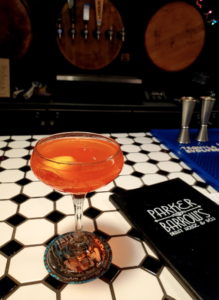
Zach Anderson, now at Lee Harvey’s, may have left this Bishop Arts joint but his legacy remains with this twist on the classic Negroni – typically a mix of gin, sweet vermouth and bitter Campari.
His Chicago Negroni subs Malort for half the Campari to surprisingly good effect.
That’s not all Anderson left behind, either: Look up Parker & Barrow’s web site and you’ll find… a bottle of Malort.
WHERE TO FIND MALORT IN DALLAS-FORT WORTH
- Alamo Club, Lower Greenville
- Armoury D.E., Deep Ellum
- Bolsa, Bishop Arts
- Eastbound and Down, East Dallas
- Eno’s, Coppell
- Goodfriend, East Dallas
- Lee Harvey’s, The Cedars
- LG Taps, Lower Greenville
- Local Traveler, East Dallas
- Lounge Here, East Dallas
- Mike’s Gemini Twin, downtown Dallas
- O.E. Penguin, downtown Dallas
- Origin, Knox-Henderson
- Parker and Barrow’s, Bishop Arts
- Proper, Fort Worth
- Single Wide, Lower Greenville
- The Usual, Fort Worth


